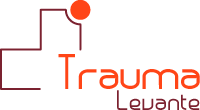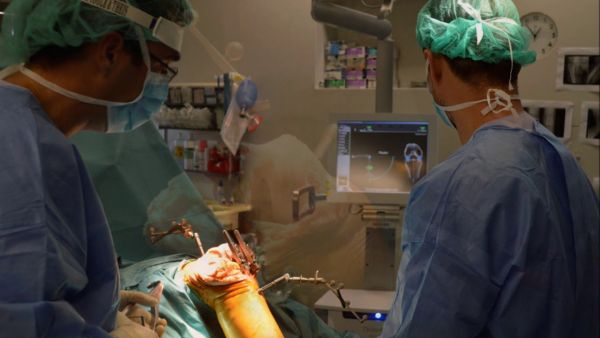It was only a matter of time before surgery and computer science would cross paths. That way complex surgical techniques (like knee prosthesis with previous or severe deformities or alterations on the mechanical axis) could be simplified. It could be useful so as to place the implants in its right postion and get an ideal ligament balance for each patient.
The navigation system consists of a tower computer where the hardware is (CPU), a screen, an infrared camera and pedal system. The software used is Orhopilot 4.3.
As first step we introduce some information to the software, taking as benchmarks parts of the leg, ankle, knee and hip kinematic. This data helps the system to show us where to make cuttings on tibia and femur to get a correct mechanical axis.
The navigation system serves as support and assistance. During the surgery there is a continuous interaction between the surgeon and the computer. In any case, it is the surgeon who makes his own appropriate and final decision in order to balance up the prosthesis both flexion and extension and adjust the mechanical axis.
It is well known the efficiency of navigation in knee arthroplasties in order to obtain a correct implant position, and thus higher survival rate. We check if implantations are rigt by axis measurement and positioning of prosthesis, thanks to computer systems such as Autocad in this specific case.
Conclusion
- Efficient system to implant the prosthesic elements in the correct position and therefore durability.
- High precision and reliability system.
- It diminishes variations in results.
- Orthopilot does not mean Autopilo. It is an operating system.
- Do not forget basic principles of arthroplasty and human factor (surgeon).
- Importance for special cases.







